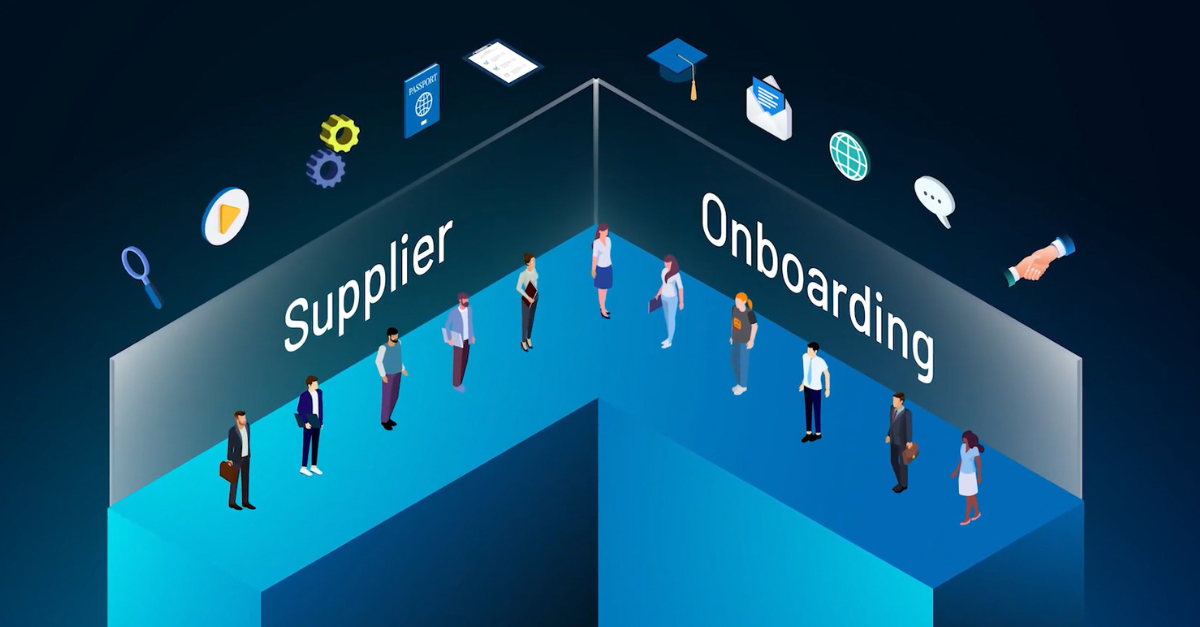Four reasons to reshore and diversify your suppliers

In 2025, global trade has gone from unpredictable to adversarial. Dramatic tariff peaks and valleys on Chinese goods. Painful U.S.–EU duties and countermeasures. Pendulum swings on steel and aluminum levies. And volatile conflicts in Europe, the Middle East, and Asia all at once.
Procurement and supply chain executives understand that diversified sourcing is now a strategic imperative. But simply shifting away from China or reconfiguring Tier-1s in Mexico won’t make your supply chain more resilient. For that, you need the right digital infrastructure.
SupplyOn’s platform empowers intelligent reshoring, nearshoring, and supplier diversification without trading one crisis for another. It enables you to react fast and manage whatever comes next. Here are four reasons to get started now.
1. Reshoring momentum is unavoidable but complex
Did you know that 81% of multinationals are actively reshoring? For example, EU manufacturers are ramping up nearshoring in Central and Eastern Europe to lower their risk exposure overseas and to simplify logistics.
But the real cost of diversification is coordination. It’s identifying, assessing, and onboarding suppliers fast. Avoiding compliance gaps. Managing unfamiliar logistics lanes. And making sure quality and delivery don’t suffer during the transition.
Without end-to-end visibility and automation, the cure can be worse than the disease.
2. Diversification doesn’t have to be difficult
SupplyOn offers the only multi-enterprise SaaS platform that supports the full lifecycle of reshoring and supplier diversification, from initial risk identification to last-mile execution. Here’s what our solution offers.
Supplier Management: Qualify new suppliers in days, not months
- Tap into a pre-integrated network of 140,000+ qualified global suppliers.
- Use AI-automated surveys to collect relevant supplier data.
- Cut onboarding effort by up to 60%, while maintaining data quality and compliance.
Result: You don’t just add suppliers; you de-risk your supplier portfolio.
Source-to-Contract: Award based on real landed cost
- Use tariff information (baseline, country-related, or product-based) and logistics costs to model the true total cost of ownership.
- Set up and run e-sourcing events in record time.
- Fully integrate quality assurance into the sourcing process.
Result: Better sourcing decisions. Lower exposure. Clear audit trail.
Supply Chain Collaboration: Get everyone on the same page
- One portal for all suppliers, from Tier-1 to Tier-N. Manage forecasts, POs, ASNs, and invoices in one place.
- Auto-detect delivery delays, missed forecasts, and compliance gaps early.
- Sync with your ERP system and avoid spreadsheet chaos in transition periods.
Result: Operational continuity, even as your supply base changes.
Transport & Logistics Management: Avoid new blind spots
- Predictive ETA, track & trace, dock/slot scheduling, and freight cost allocation.
- Smart rerouting when Red Sea risks, port strikes, or customs issues arise.
- Forecast of volumes so you’re first in line to book container capacities on critical lanes.
Result: You don’t replace one bottleneck with another.
Risk Intelligence: Make risk visible before it becomes cost
- Geo-risk cockpit visualizes hotspots (tariffs, weather, conflict zones) in near real time.
- Combine internal POs and capacity data with external feeds.
- Get predictive alerts before disruptions cascade.
Result: You switch from being reactive to proactive and avoid many risks upfront.
3. Reshoring provides real ROI (when done right)
Smart supply chain executives avoid these five mistakes:
- Not involving quality and logistics early. Sourcing is just the tip of the iceberg.
- Ignoring Tier-2 risk. Your Tier-1 may look local, but their sub-suppliers may not be.
- Underestimating onboarding friction. Paperless, real-time collaboration is a prerequisite.
- Over-indexing on cost, ignoring resilience. A 5% cheaper supplier is worthless if they cannot comply to requirements.
- Treating diversification as a project, not a process. Supply chains evolve. So should your network.
4. Diversification generates results that move the needle
- 70% faster sourcing cycles via automated e-auctions and smart scoring.
- 20% reduction in process overhead through unified collaboration workflows.
- 15% improvement in on-time delivery by eliminating handoffs and transport blind spots.
- 90%+ invoice automation means no more slowdowns or documentation issues.



